Urbanization Trends
The ongoing trend of urbanization is significantly influencing the Domestic Courier Market. As more people migrate to urban areas, the demand for efficient delivery services is expected to rise. Urban centers often present unique logistical challenges, such as traffic congestion and limited access to certain locations. In 2025, it is anticipated that urban populations will continue to grow, necessitating innovative solutions from courier companies to navigate these challenges. This may include the use of electric vehicles and drones for last-mile delivery, which could enhance efficiency and reduce environmental impact. The Domestic Courier Market must adapt to these urban dynamics to remain competitive and meet the evolving needs of consumers. As urbanization progresses, the potential for growth in the courier sector appears promising, provided that companies can effectively address the associated challenges.
Technological Innovations
Technological advancements are reshaping the Domestic Courier Market, enabling companies to optimize their operations and enhance service delivery. The integration of artificial intelligence, machine learning, and data analytics is facilitating more efficient route planning and inventory management. In 2025, it is projected that a significant percentage of courier companies will adopt automated systems to improve package tracking and customer communication. Furthermore, the rise of mobile applications allows consumers to monitor their shipments in real-time, thereby increasing transparency and trust in the delivery process. These innovations not only improve operational efficiency but also contribute to cost reduction, which is crucial in a competitive market. As technology continues to evolve, the Domestic Courier Market is likely to witness further enhancements in service offerings, ultimately benefiting both businesses and consumers.
Increased E-commerce Demand
The Domestic Courier Market is experiencing a notable surge in demand due to the rapid expansion of e-commerce. As consumers increasingly prefer online shopping, the need for efficient and reliable delivery services has intensified. In 2025, it is estimated that e-commerce sales will account for a substantial portion of total retail sales, driving courier companies to enhance their logistics capabilities. This trend suggests that domestic couriers must adapt to meet the expectations of consumers who prioritize speed and convenience. The growth of e-commerce platforms has also led to a diversification of delivery options, including same-day and next-day services, which are becoming standard offerings in the Domestic Courier Market. Consequently, courier companies are likely to invest in technology and infrastructure to streamline operations and improve customer satisfaction.
Consumer Expectations for Speed
In the Domestic Courier Market, consumer expectations for delivery speed are evolving rapidly. As competition intensifies, customers increasingly demand faster delivery options, often expecting same-day or next-day service. This shift in consumer behavior is prompting courier companies to reevaluate their logistics strategies and invest in technologies that facilitate quicker turnaround times. In 2025, it is likely that a significant portion of consumers will prioritize speed over cost when selecting a courier service, thereby influencing market dynamics. Companies that can effectively meet these expectations may gain a competitive edge, while those that fail to adapt may struggle to retain customers. The emphasis on speed is driving innovation within the Domestic Courier Market, as businesses explore new methods and technologies to enhance delivery efficiency and customer satisfaction.
Sustainability and Environmental Concerns
Sustainability is becoming an increasingly critical focus within the Domestic Courier Market. As environmental concerns gain prominence, consumers are more inclined to choose courier services that demonstrate a commitment to eco-friendly practices. In 2025, it is expected that a growing number of courier companies will adopt sustainable practices, such as using electric vehicles and implementing carbon offset programs. This shift not only aligns with consumer preferences but also addresses regulatory pressures aimed at reducing carbon emissions. The Domestic Courier Market is likely to see a rise in partnerships with green logistics providers, further enhancing the sustainability of delivery operations. Companies that prioritize environmental responsibility may not only improve their brand image but also attract a more conscientious customer base, thereby positioning themselves favorably in a competitive market.


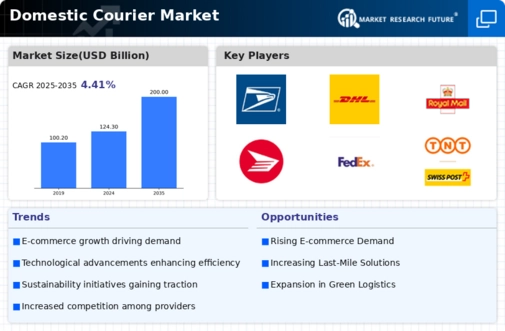
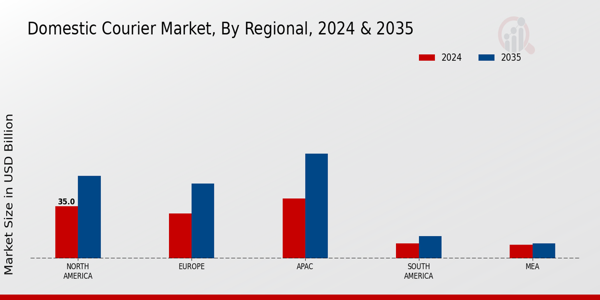

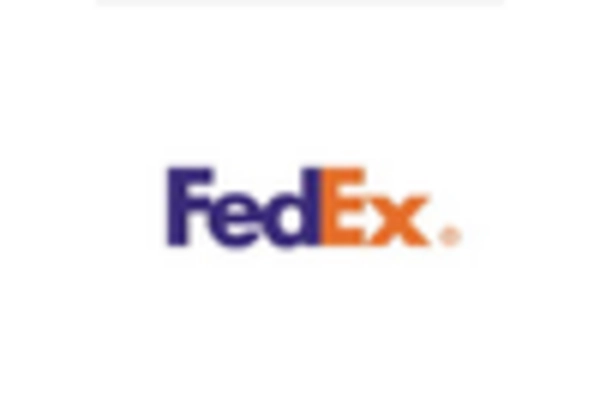
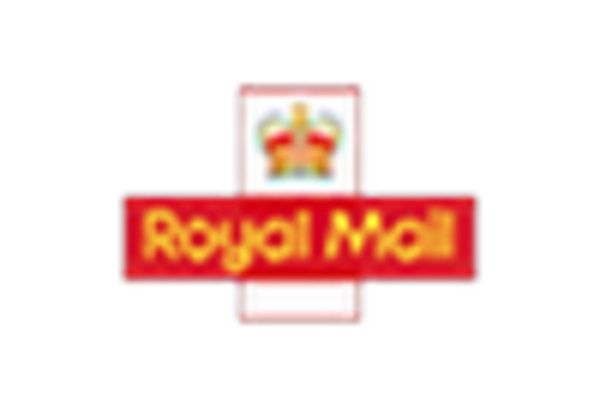

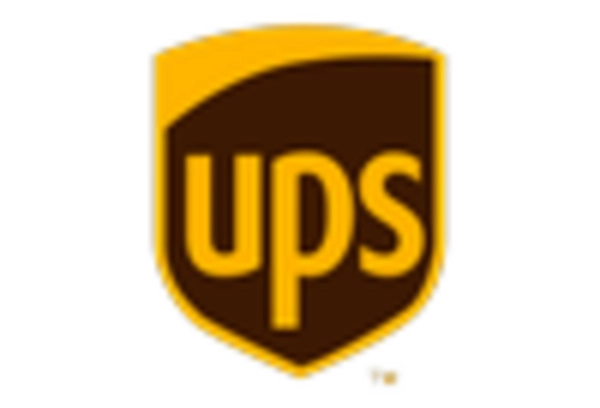









Leave a Comment